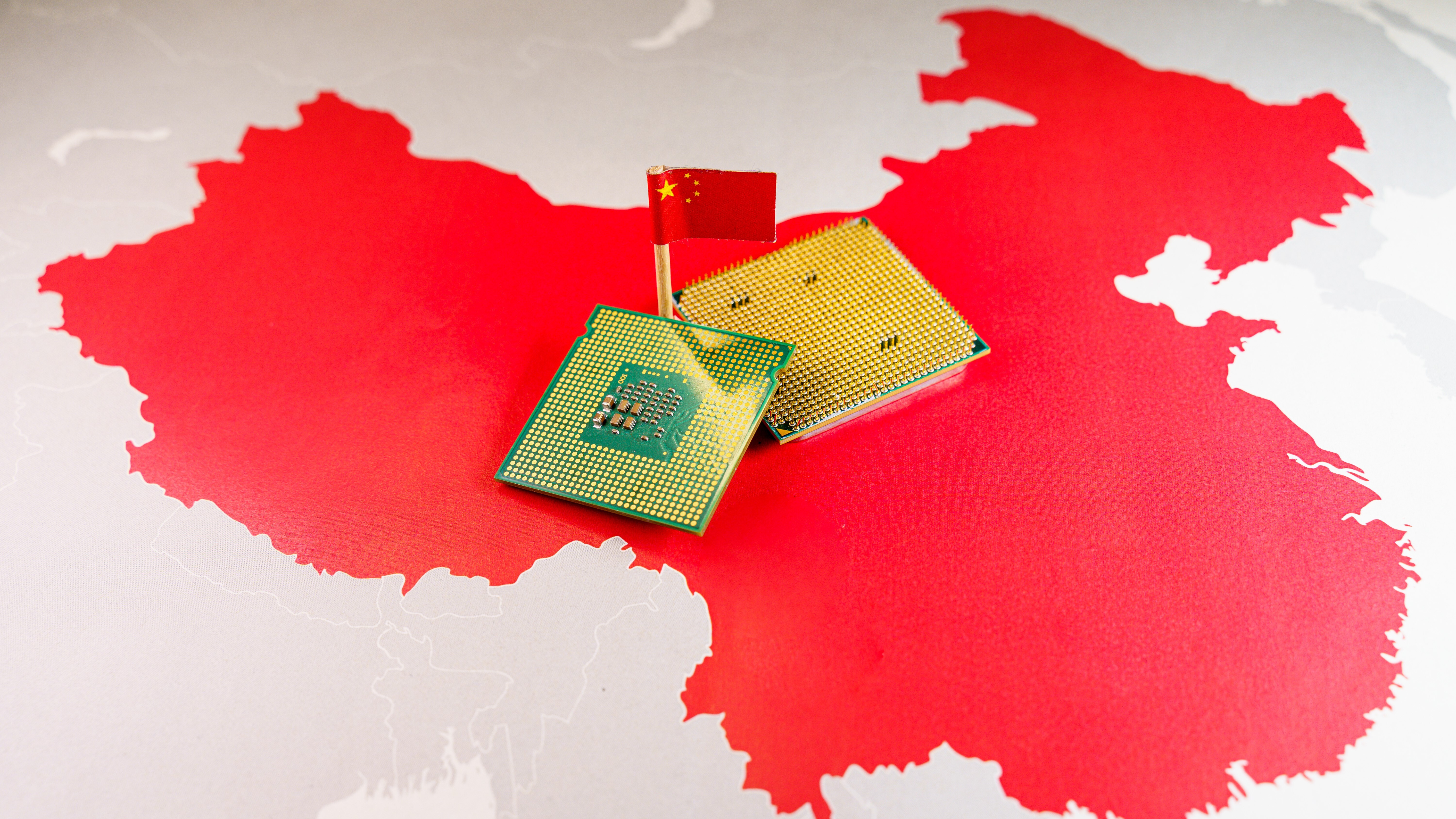
China initiated new guidelines that prohibit CPUs made by Intel and AMD for government PCs and servers. Instead, it has approved 18 processors made by Loongson and Phytium make, which the United States blacklists.
This is part of China's nationwide strategy to rely more on its homegrown options as a response to US sanctions, which have blocked many items from China. The Chinese Finance Ministry and the Ministry of Industry and Information Technology released this guidance late last year, on December 26. State-owned companies were also informed to do the same where the transition towards locally made options should be completed by 2027.
China is an important market for many tech companies, not limited to AMD, Nvidia, and Intel. Last year, the country generated 27% of Intel's sales, earning $54 Billion, while AMD enjoyed $23 Billion in sales, according to reporting from the Financial Times. The government also intends to replace Microsoft's operating system with its domestic alternatives, which provides 1.5% of its revenues.
China may have a rough time delivering competitive chips at the scale necessary, despite buying many chipmaking tools in recent months. Intel CEO Pat Gelsinger said that despite China's progress in the chipmaking industry, its technology will stay behind by ten years in the foreseeable future. In comparison, chipmaking companies like TSMC, Intel and other companies have new fabrication plants built or being build in the US with a major contribution from the Biden-led US government. Interestingly, Intel has an export license with Huawei, which AMD tried to get it revoked unsuccessfully.
China's Challenges to Rely on Self-Made CPUs
This would be a challenge as China would have to spend billions in R&D and will need to spend an incalculable amount of time to be self-sustainable. Even with the stolen technology they can reverse engineer, Fabrication plants rely on other factors. Chinese companies like SMIC and HLMC rely on other companies for raw materials and other technology sources from other companies in respective countries like any other semiconductor makers. China's Zhaoxin KX-7000 CPU is considered to be six years behind, but it relies on x86 architecture.
It is also unlikely China will be able to make a complete transition to the extent that its citizens will be switching to home-grown CPUs, yet. On the other hand, Russia also has sanctions imposed by the US and the EU, resulting in many services and imports being stopped. While Russia imports computing hardware from China, it is uncertain if the country would import and use Chinese-made CPUs.







